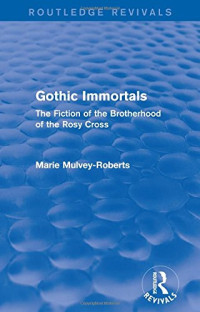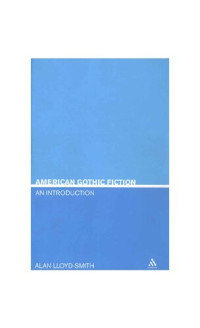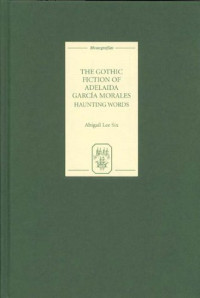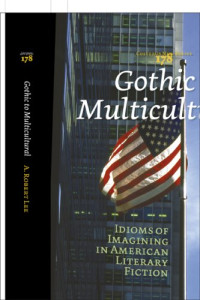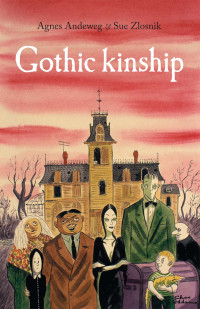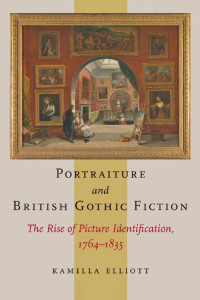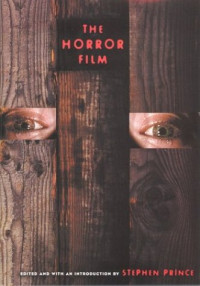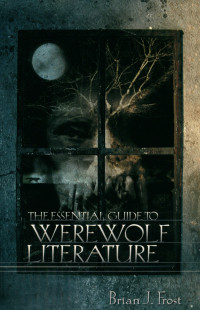
Portraiture and British Gothic Fiction: The Rise of Picture Identification, 1764–1835
Kamilla Elliott
Traditionally, kings and rulers were featured on stamps and money, the titled and affluent commissioned busts and portraits, and criminals and missing persons appeared on wanted posters. British writers of the eighteenth and nineteenth centuries, however, reworked ideas about portraiture to promote the value and agendas of the ordinary middle classes.
According to Kamilla Elliott, our current practices of "picture identification" (driver’s licenses, passports, and so on) are rooted in these late eighteenth- and early nineteenth-century debates.
Portraiture and British Gothic Fiction examines ways writers such as Horace Walpole, Ann Radcliffe, Mary Shelley, and C. R. Maturin as well as artists, historians, politicians, and periodical authors dealt with changes in how social identities were understood and valued in British culture—specifically, who was represented by portraits and how they were represented as they vied for social power.
Elliott investigates multiple aspects of picture identification: its politics, epistemologies, semiotics, and aesthetics, and the desires and phobias that it produces. Her extensive research not only covers Gothic literature’s best-known and most studied texts but also engages with more than 100 Gothic works in total, expanding knowledge of first-wave Gothic fiction as well as opening new windows into familiar work.
According to Kamilla Elliott, our current practices of "picture identification" (driver’s licenses, passports, and so on) are rooted in these late eighteenth- and early nineteenth-century debates.
Portraiture and British Gothic Fiction examines ways writers such as Horace Walpole, Ann Radcliffe, Mary Shelley, and C. R. Maturin as well as artists, historians, politicians, and periodical authors dealt with changes in how social identities were understood and valued in British culture—specifically, who was represented by portraits and how they were represented as they vied for social power.
Elliott investigates multiple aspects of picture identification: its politics, epistemologies, semiotics, and aesthetics, and the desires and phobias that it produces. Her extensive research not only covers Gothic literature’s best-known and most studied texts but also engages with more than 100 Gothic works in total, expanding knowledge of first-wave Gothic fiction as well as opening new windows into familiar work.
Κατηγορίες:
Έτος:
2012
Εκδότης:
Johns Hopkins University Press
Γλώσσα:
english
Σελίδες:
352
ISBN 10:
1421407175
ISBN 13:
9781421407173
Αρχείο:
PDF, 3.37 MB
IPFS:
,
english, 2012
 Amazon
Amazon  Barnes & Noble
Barnes & Noble  Bookshop.org
Bookshop.org  Μετατροπή αρχείων
Μετατροπή αρχείων Περισσότερα αποτελέσματα αναζήτησης
Περισσότερα αποτελέσματα αναζήτησης Λοιπά πλεονεκτήματα
Λοιπά πλεονεκτήματα 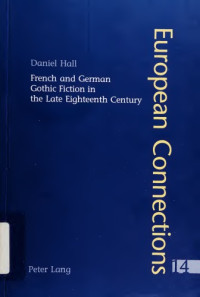
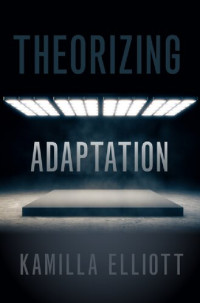
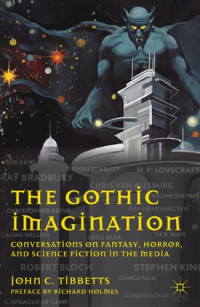
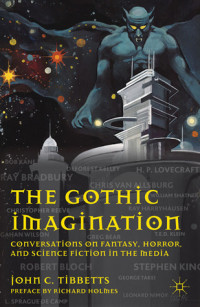


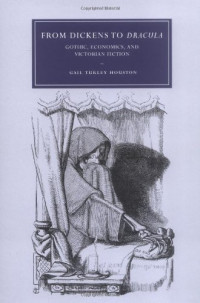
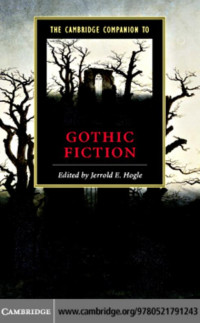
![Jerrold E. Hogle [Hogle, Jerrold E.] — The Cambridge Companion to Gothic Fiction (Cambridge Companions to Literature)](https://s3proxy.cdn-zlib.se/covers200/collections/userbooks/a24a699e281cfd4272abfdd399ca4738e18b4ac538ccb3947c3f4c9737ce6894.jpg)



